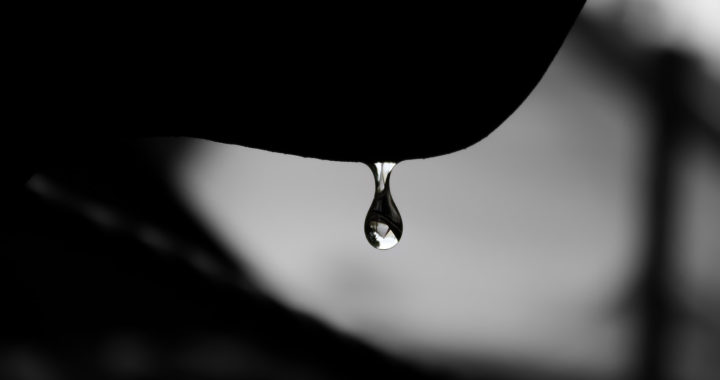Water is one of the key components that has made life possible on Earth. Almost all forms of life are dependent on water. Even human civilizations have been built around adequate access to a water supply. However, due to different factors, water stress has been common in certain areas around the world. Some areas experience water scarcity. Several experts have warned that future human communities will soon struggle to get a hold of access to clean water.
The Major Causes of Water Scarcity and Water Stress
Note that water covers 70 percent of the Earth. However, although it is true that it is abundant in nature, the fact remains that most of this coverage represents saltwater that comprises seas and oceans. Freshwater accounts for a mere 3 percent of the entire water on Earth and about two-thirds are tucked in inaccessible underground reservoirs and frozen glaciers.
Water scarcity is a situation in which a particular region lacks enough freshwater resources to meet its standard demand. It is calculated as a ratio of human water consumption to available water supply in a given area. Water stress is considered a more inclusive situation that factors in not only water scarcity but also water quality and water access.
Two Categories of Water Scarcity
There are different factors affecting the supply of water. Understanding these factors also translates to understanding the more specific causes of water scarcity and water stress. However, to understand better the causes of scarcity as it related to water supply, it is also important to note the two categories of water scarcity:
• Physical Scarcity: A situation in which water is scarce because of local ecological conditions such as the absence of water reservoirs or depletion of such reservoirs in a particular area due to natural or human-induced factors.
• Economic Scarcity: A situation in which water is scarce because of the absence or inadequacy of relevant infrastructures such as canals and pipes, dams, and treatment facilities needed to make water accessible to people.
Understanding Water Stress Further
Both physical scarcity and economic scarcity often come together to cause water stress. For example, the depletion of lakes creates physical scarcity but the lack of infrastructure to obtain and access water from other sources such as aquifers creates economic scarcity.
It is also worth mentioning that water might be abundant in a particular area but it is not safe for human consumption and even for agriculture. This is physical scarcity. The absence of treatment facilities such as desalination plants also creates economic scarcity.
The following are the specific factor or causes of water scarcity and water stress:
• Increased Human Population: There will come a point in which a particular area will have difficulty accessing freshwater because its human population and its demand have grown beyond what existing supplies can provide. The population has essentially become unsustainable at this point.
• Wastage and Inefficiencies: Overconsumption stems from wastage and inefficiencies in agricultural practices. The human population is still enough but it is consuming too much freshwater at a rate that leaves sources unable to recuperate or regenerate naturally. A specific example is the excessive use of aquifers.
• Natural Calamities and Incidents: Floods and earthquakes can damage water infrastructures such as pipes and water wells. Note that excessive flooding can contaminate freshwater reservoirs such as lakes and aquifers with human and livestock waste or sediments from soil erosion.
• Human-Induced Climate Change: The ongoing climate emergency has worsened droughts and has created megadroughts in certain areas such as the United States. The lack of rainfall prevents reservoirs from recuperating while higher temperatures accelerate the evaporation in exposed bodies of water.
• Pollution and Poor Management: Certain human activities have also been considered as one of the causes of water scarcity and water stress. Pollution from irresponsible commercial and industrial activities contaminates freshwater sources. Poor water also leads to improper allocation of water resources.
The aforementioned items point to the fact that the causes of water scarcity and water stress collectively boil down to a mismatch between demand and supply that has been worsened by human-induced factors that endanger water resources.
Several areas and regions in the world have been experiencing scarce water supply and water stress. For example, due to the megadrought in the southwestern regions of the United States, affected states have been dealing with shortages.
Cape Town in South Africa experienced a water crisis in 2018 due to a combination of factors including extreme drought on top of overconsumption and poor water resource management. It became the first modern urban area to run out of drinking water.
The water levels at the Yangtse and Yellow rivers in China are at risk of declining in the future because of global warming. These rivers depend on seasonal glacial meltwater for recuperation but warming in the glacial region has reduced glacial run-off.
Access to freshwater is a basic human right according to the United Nations. Understanding the causes of water scarcity and water stress in specific areas and regions is critical in creating policies aimed at promoting sustainable water consumption.

